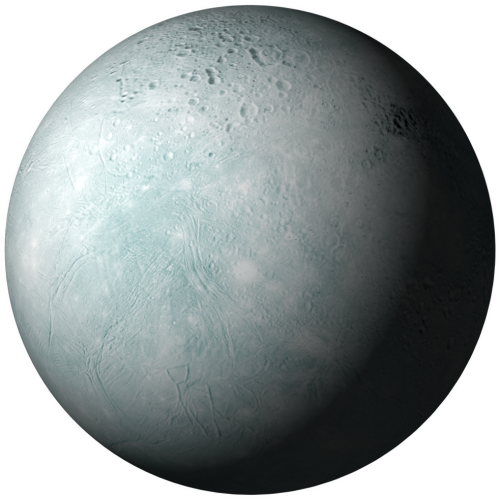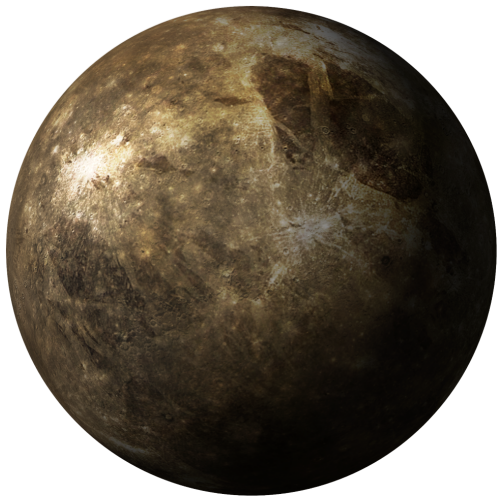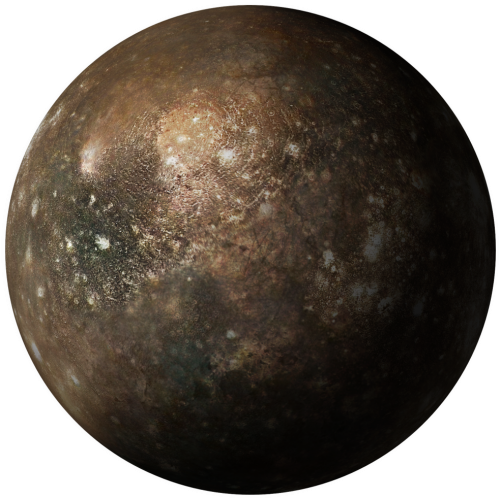

When a celestial body is in orbit of another planet, it is
automatically labeled a satellite, or more commonly, a moon.
Moons can assume a variety of different shapes and sizes.
Many are small, barren chunks of nondescript rock, but it is
entirely possible for a moon to be a perfectly habitable Class
M world, one that would be considered a planet outright had
it settled into orbit around a star.
Regardless of shape and size, any and all moons are
assigned the satellite subclass. For example, Class D: Dwarf
in orbit of another planet would be designated "Class D2."
automatically labeled a satellite, or more commonly, a moon.
Moons can assume a variety of different shapes and sizes.
Many are small, barren chunks of nondescript rock, but it is
entirely possible for a moon to be a perfectly habitable Class
M world, one that would be considered a planet outright had
it settled into orbit around a star.
Regardless of shape and size, any and all moons are
assigned the satellite subclass. For example, Class D: Dwarf
in orbit of another planet would be designated "Class D2."
| ASSIGNED TO MAIN CLASSES |
Class A: Geothermal, Class B: Geomorteus, Class C:
Geoinactive, Class D: Dwarf, Class E: Geoplastic, Class F:
Geometallic, Class G: Geocrystalline, Class H: Desert,
Class K: Adaptable, Class L: Marginal, Class M:
Terrestrial, Class N: Reducing, Class O: Pelagic, Class P:
Glaciated, Class Y: Demon
Geoinactive, Class D: Dwarf, Class E: Geoplastic, Class F:
Geometallic, Class G: Geocrystalline, Class H: Desert,
Class K: Adaptable, Class L: Marginal, Class M:
Terrestrial, Class N: Reducing, Class O: Pelagic, Class P:
Glaciated, Class Y: Demon


